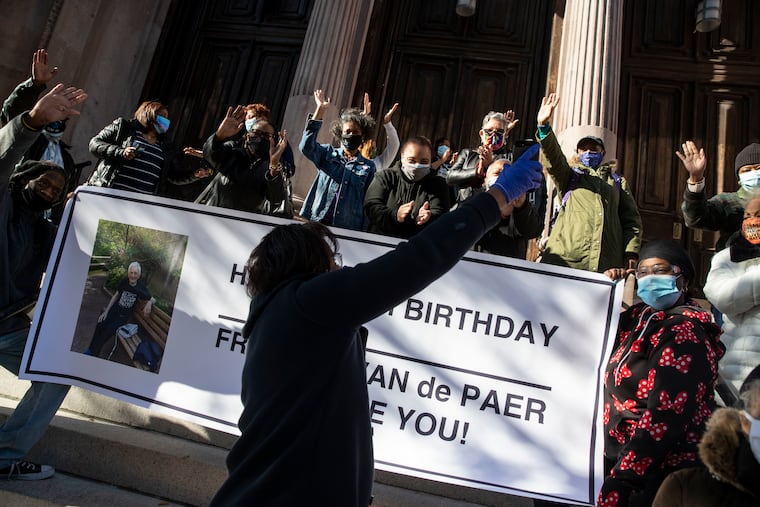Father John turns 100 and is celebrated from Philly to Virginia
“He really is the people’s priest,” Kathleen Hood, a former parishioner, said of the Rev. John van de Paer. Said another: “He was Black Lives Matter before Black Lives Matter.”

“He really is the people’s priest,” Kathleen Hood, a former parishioner, said of the Rev. John van de Paer. Said another: “He was Black Lives Matter before Black Lives Matter.”
